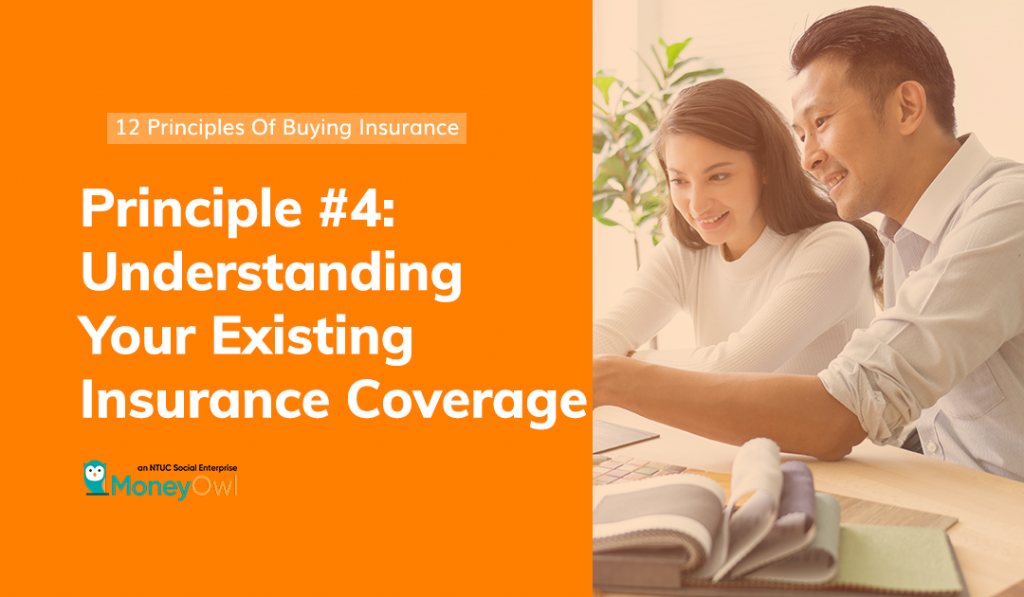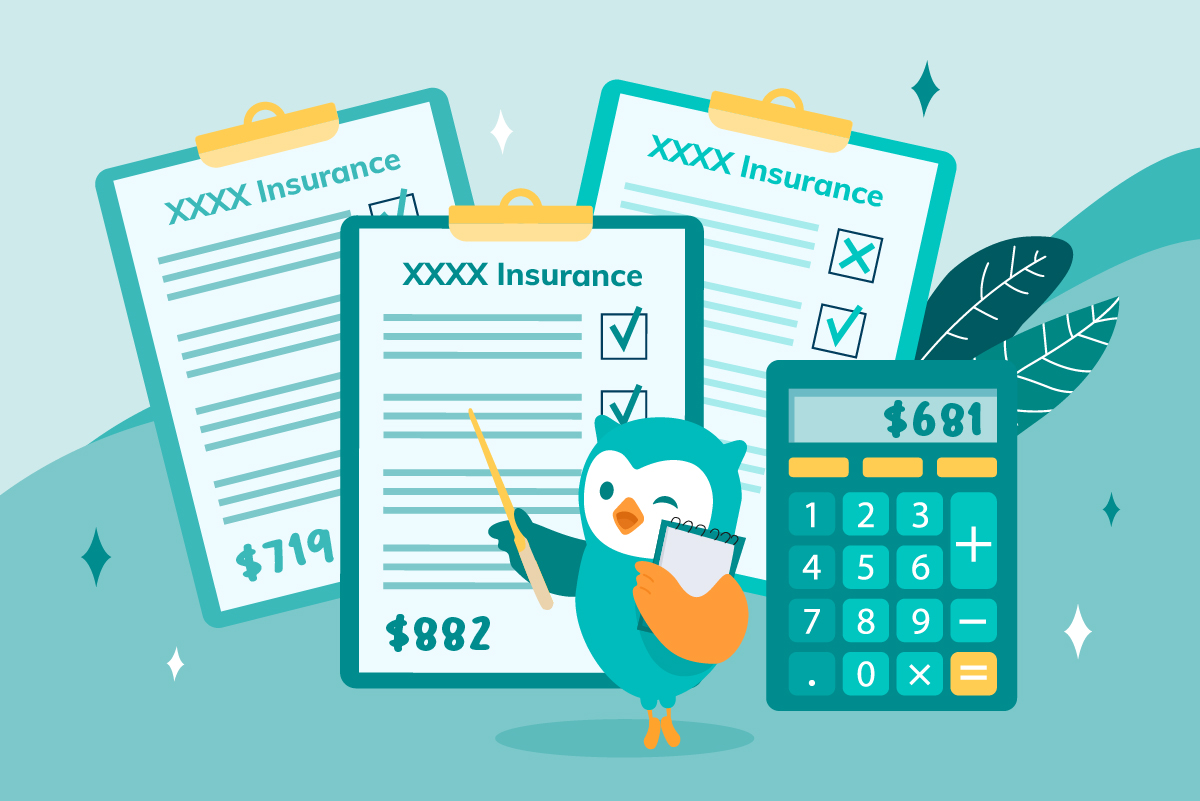Note: It was announced in November 2023 that MoneyOwl will be acquired by Temasek Trust to serve communities under a re-purposed model, and will move away from direct sale of financial products. The article is retained with original information relevant as at the date of the article only, and any mention of products or promotions is retained for reference purposes only.
______________
Find out more about the types of insurance schemes that you may have been automatically enrolled into.
If you have been following our Insurance Principles series, you will now be convinced that you need insurance – to protect your livelihood, to take care of your loved ones, or to kickstart your wealth accumulation journey. However, it is important to understand what you already have before you rush to get yourself covered. Recalling our first principle that insurance is an expense, we would caution against spending too much money on coverage you already have.

As a Singaporean, you may have been automatically enrolled into national insurance schemes that provide coverage in the event of death, disability, and/or hospitalisation. This is because our government understands the importance of insurance too!
Here are the insurance schemes that you may be protected under:
Life Insurance:
Dependent Protection Scheme (DPS)
Update: From April 2021, sum assured will be raised to $70,000 and coverage will be extended to 65 years old. Great Eastern Life will also take over the sole administration of DPS.
DPS is a term insurance that covers you for a maximum sum assured of $46,000 up to 60 years old, in the event of Death, Terminal Illness or Total Permanent Disability.
Health Insurance:
MediShield Life is a basic hospitalisation plan that pays for large hospital bills and selected costly outpatient treatments, such as dialysis and chemotherapy for cancer. The claim limits are designed to cover 60-80% of bills in highly subsidised wards in restructured hospitals.
Disability Insurance:
ElderShield and CareShield Life
ElderShield is a basic long-term care insurance that provides payouts of $300-400/month for up to 5-6 years upon severe disability especially in old age.
If you are 30 years or older (from 1 October this year), you would be automatically enrolled into an enhanced scheme called CareShield Life. This scheme provides payouts starting from $600/month for life should you be severely disabled. We wrote an article detailing what you need to know here.
Home Insurance:
HPS is a mortgage-reducing insurance that protects you and your family against losing your HDB flat in the event of death, terminal illness, or total permanent disability. It insures you up to age 65 or until the housing loans are paid up, whichever is earlier. This insurance pays your share of the outstanding property loan upon a successful claim.
These insurance schemes are part of our national social security system to provide us with a basic level of financial protection. For those of us who may be cash-strapped, don’t worry! The premiums are usually paid out of your CPF Ordinary or MediSave savings so you will incur no additional cash outlay.
While it is unlikely that the coverage offered through these schemes would be sufficient to meet all your needs, it is reassuring to know that you already have some basics in place. This is especially so if you are starting from scratch. What’s more, knowing how much you are already covered will help you find the right amount of additional coverage to take up.
At MoneyOwl, we help you integrate national schemes into your financial plans. This is one of our core strengths and is embedded within our philosophy and processes. To understand exactly how much more insurance coverage you need, take a guided journey on our insurance platform or speak to one of our MoneyOwl Client Advisers today!





